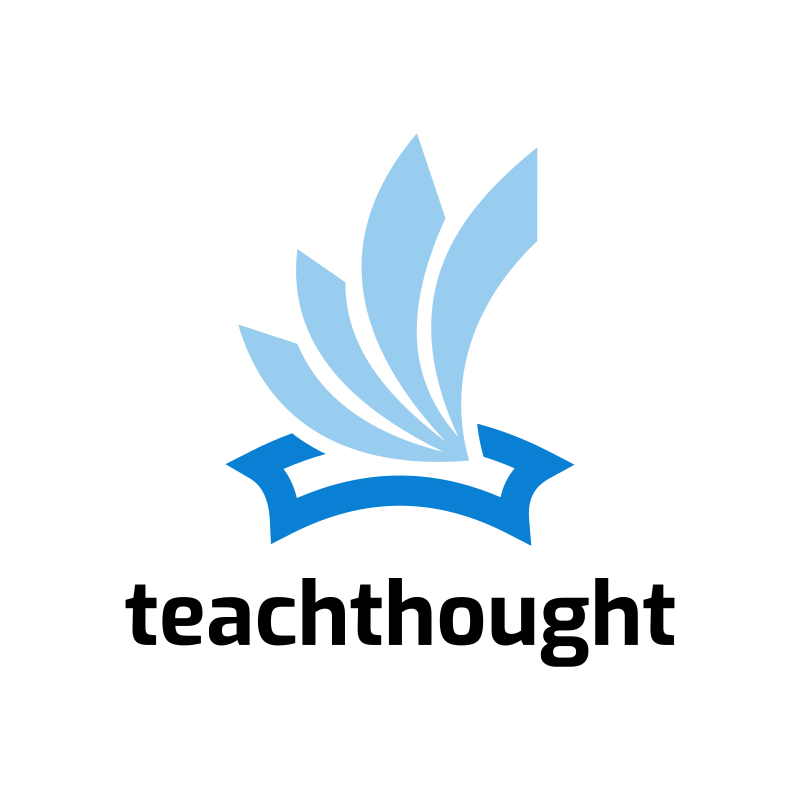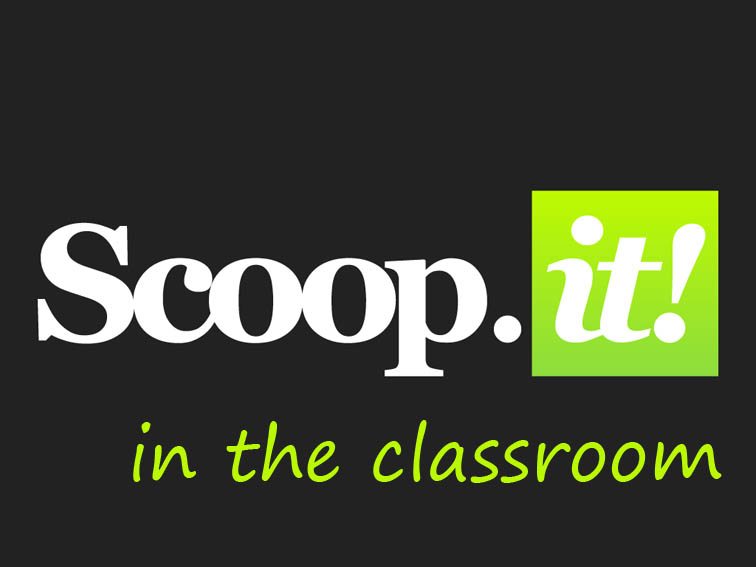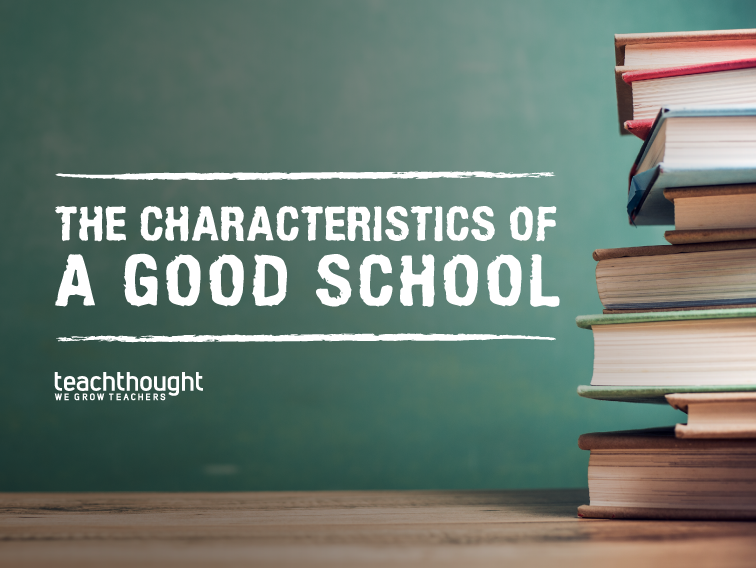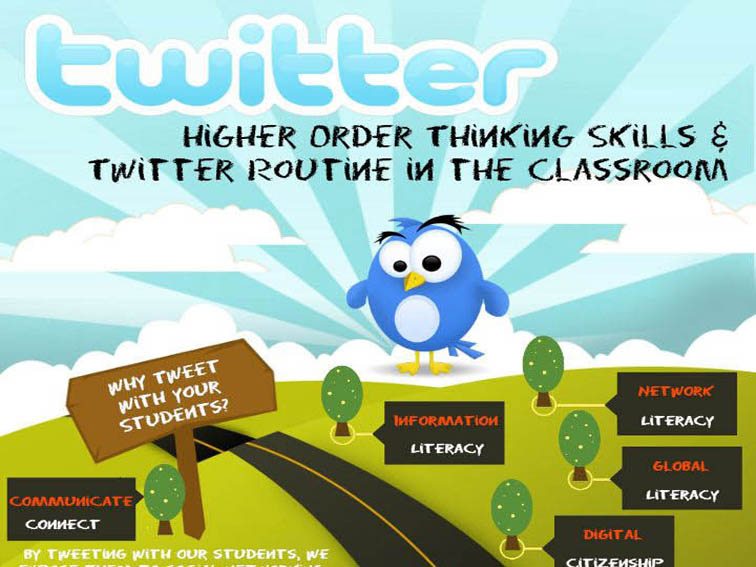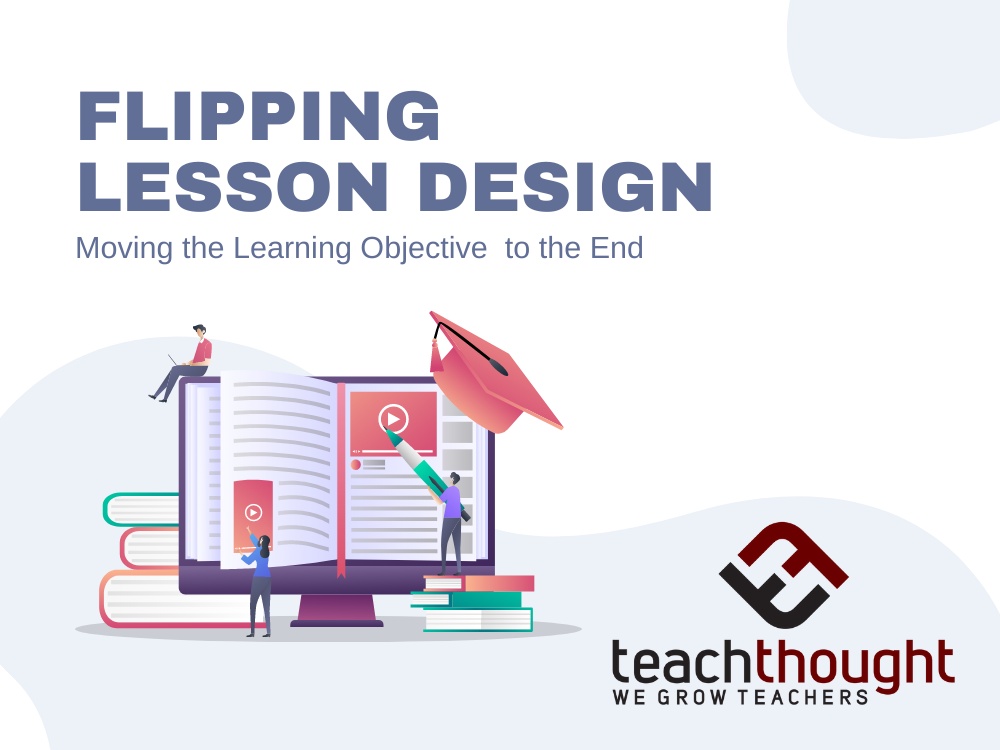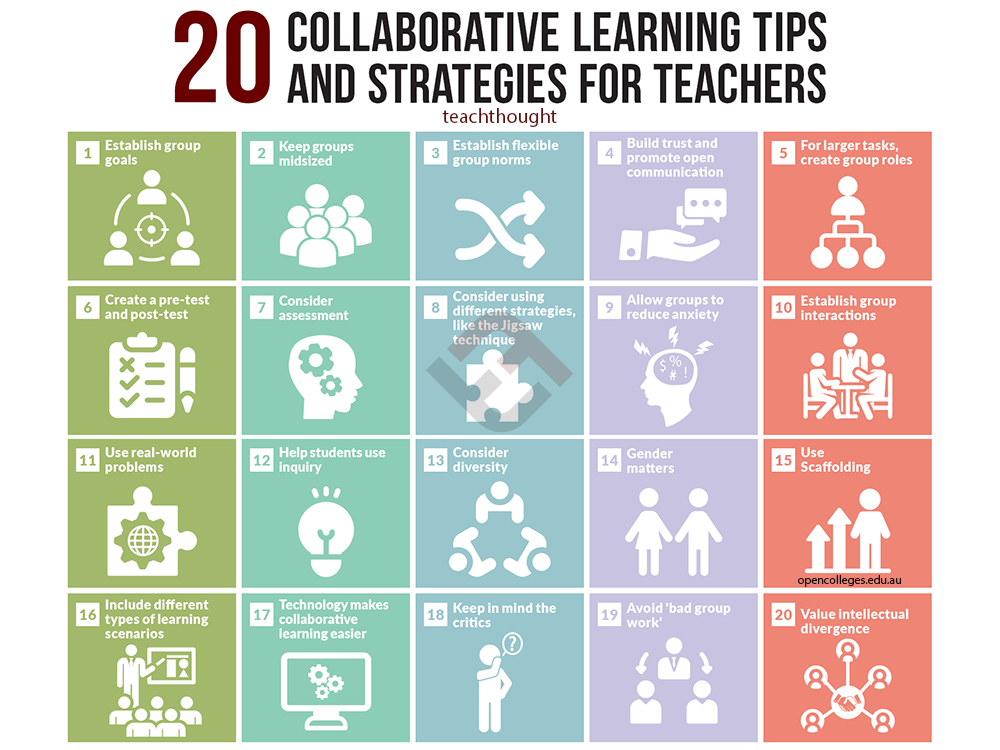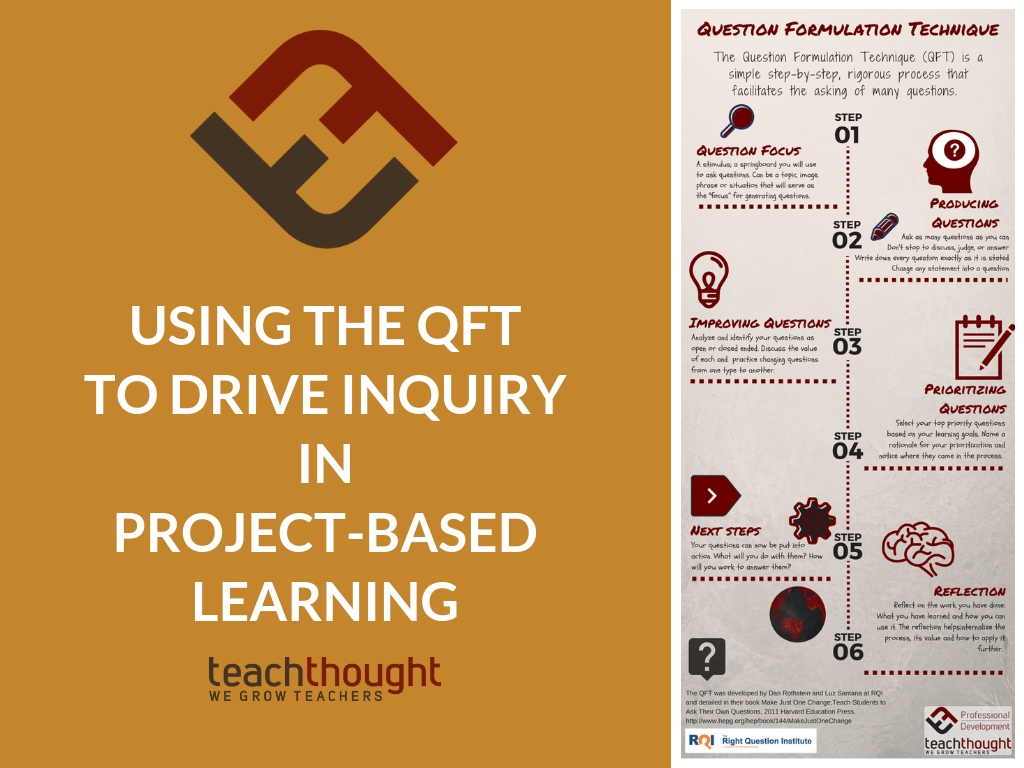Tag: Experienced Teacher
Why Scoopit Is Becoming An Indispensable Learning Tool
Why Scoopit Is Becoming An Indispensable Learning Tool contributed Leanna Johnson, Learning with Technology Scoop.it collates work from online publications using an online magazine format, and…
What Happened When The Teachers Disappeared
After the teachers disappeared, students knew that if they were too rowdy someone would notice, so they kept the noise to a…
Characteristics Of A Good School
A good school decenters itself–makes its curriculum, policies, and other ‘pieces’ less visible than students and hope and growth.
5 Strategies For Better Teacher Professional Development
Just as a teacher has to create conditions that support and encourage student success, school districts have to support teachers’ PD.
20 Ways High Schools Are Using Twitter In The…
These high school students put together questions to ask historians on Twitter, getting answers that may not be easy to find in…
Flipping Lesson Design: Moving The Learning Objective To The…
Flipping the lesson design by asking students to explain an activity’s purpose after it’s done encourages them to make important connections.
20 Collaborative Learning Tips And Strategies For Teachers
By definition, learning is social in nature. Using different mediums, whether it be books, discussions, technology, we study and make meaning together.
Using The QFT To Drive Inquiry In Project-Based Learning
The shift from being asked for answers to being asked for questions can be powerful in building a powerful learning environment.
